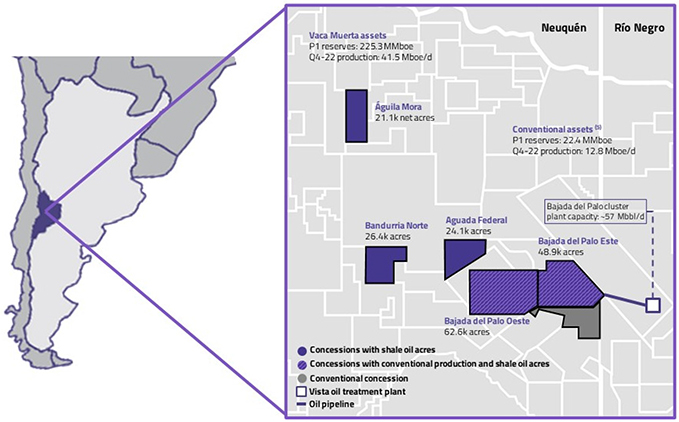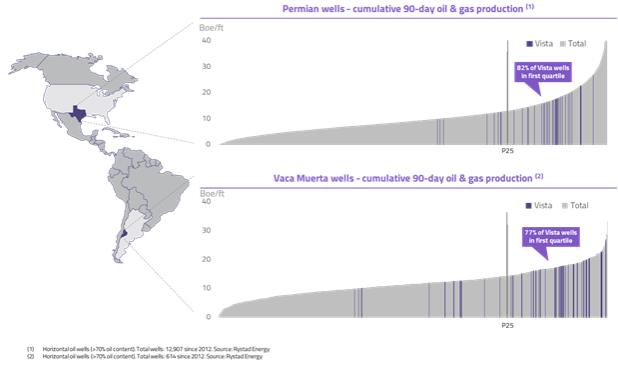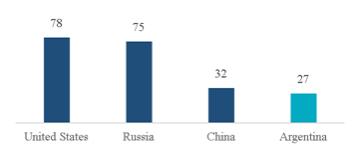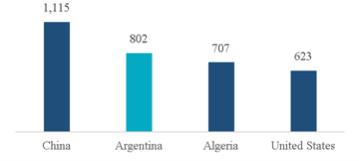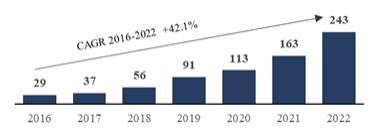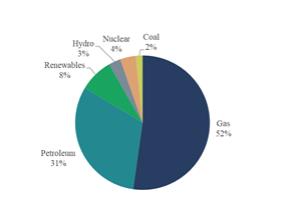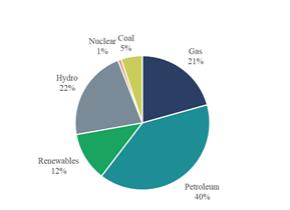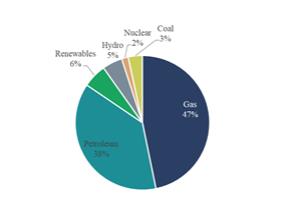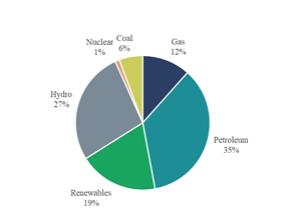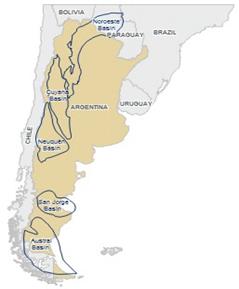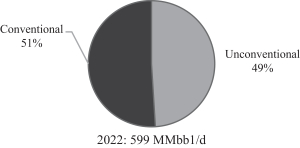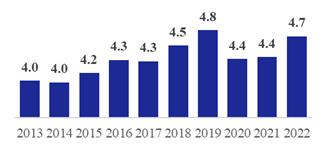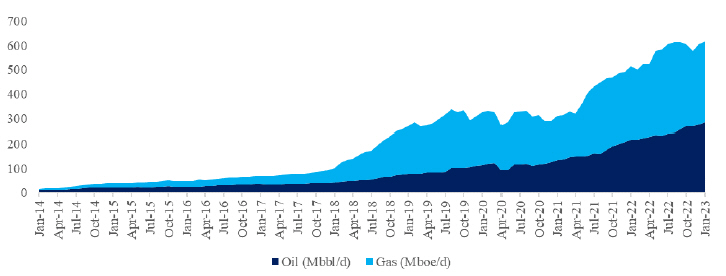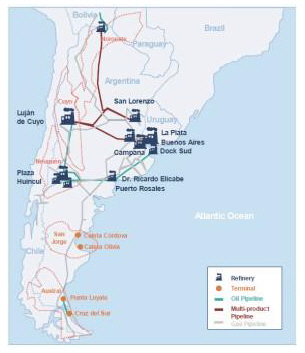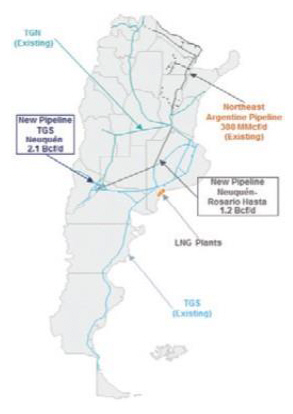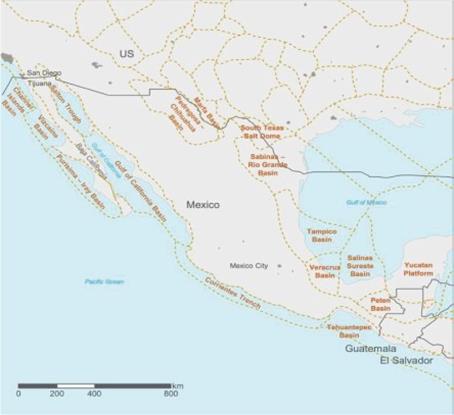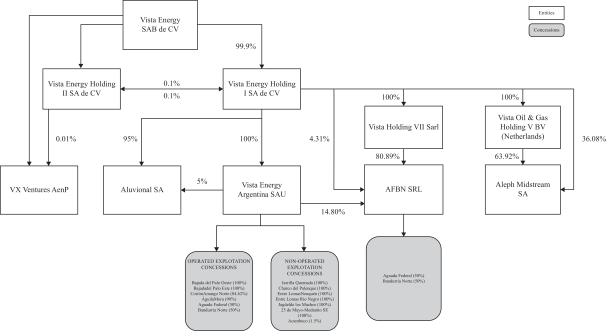On February 6, 2023, the Company filed with the SEC a registration statement on Form S-8 , which relates to the registration of series A shares to be offered and sold under the Plan.
Business Address of the Members of our Board of Directors and Executive Team
The business address of the members of our Company’s board of directors and the members of our Executive Team is: Pedregal No. 24, Floor 4, Colonia Molino del Rey, Alcaldía Miguel Hidalgo, Mexico City, Zip Code 11040, Mexico.
Share Ownership
As of the date of this annual report, Susan Segal, Gerard Martellozo, German Losada and Mauricio Doehner Cobian held series A shares of the Company, in each case representing less than 1% of our outstanding shares.
As of the date of this annual report, our chairman owned (i) 5,303,907 series A shares, (ii) 1,723,494 vested Stock Options, (iii) 1,818,105 unvested Stock Options (of which 272,331 vest within 60 days), (iv) 892,874 Restricted Stock (of which 186,194 vest within 60 days), and (v) 2,286,083 Performance Restricted Stock. The exercise prices and expiration dates of the Stock Options held by the Chairman are as follows (i) 1,442,308 Stock Options at an exercise price of US$6.70 per share, expiring on February 19, 2024, (ii) 272,331 Stock Options at an exercise price of US$2.10 per series A share, expiring on April 29, 2030, (iii) 677,507 Stock Options at an exercise price of US$2.85 per series A share, expiring on February 25, 2031, (iv) 843,558 Stock Options at an exercise price of US$7.05 per series A share, expiring on February 23, 2032 and (v) 305,895 Stock Options at an exercise price of US$17.83 per series A share, expiring on February 23, 2033.
As of the date of this annual report, our Chief Financial Officer owned (i) 1,344,604 series A shares, (ii) 379,169 vested Stock Options, (iii) 429,940 unvested Stock Options (of which 89,869 vest within 60 days), (iv) 216,915 Restricted Stock (of which 61,444 vest within 60 days), and (v) 598,736 Performance Restricted Stock. The exercise prices and expiration dates of the Stock Options held by our Chief Financial Officer are as follows (i) 317,308 Stock Options at an exercise price of US$6.70 per share, expiring on February 19, 2024, (ii) 89,869 Stock Options at an exercise price of US$2.10 per series A share, expiring on April 29, 2030, (iii) 149,051 Stock Options at an exercise price of US$2.85 per series A share, expiring on February 25, 2031, (iv) 185,583 Stock Options at an exercise price of US$7.05 per series A share, expiring on February 23, 2032 and (v) 67,297 Stock Options at an exercise price of US$17.83 per series A share, expiring on February 23, 2033.
As of the date of this annual report, our Chief Operating Officer owned (i) 1,296,430 series A shares, (ii) 379,169 vested Stock Options, (iii) 429,940 unvested Stock Options (of which 89,869 vest within 60 days), (iv) 216,915 Restricted Stock (of which 61,444 vest within 60 days), and (v) 598,736 Performance Restricted Stock. The exercise prices and expiration dates of the Stock Options held by our Chief Operating Officer are as follows (i) 317,308 Stock Options at an exercise price of US$6.70 per share, expiring on February 19, 2024, (ii) 89,869 Stock Options at an exercise price of US$2.10 per series A share, expiring on April 29, 2030, (iii) 149,051 Stock Options at an exercise price of US$2.85 per series A share, expiring on February 25, 2031, (iv) 185,583 Stock Options at an exercise price of US$7.05 per series A share, expiring on February 23, 2032 and (v) 67,297 Stock Options at an exercise price of US$17.83 per series A share, expiring on February 23, 2033.
As of the date of this annual report, our Strategic Planning and Investor Relations Officer owned (i) 1,038,484 series A shares, (ii) 287,006 vested Stock Options, (iii) 390,854 unvested Stock Options (of which 81,699 vest within 60 days), (iv) 197,194 Restricted Stock (of which 55,858 vest within 60 days), and (v) 544,305 Performance Restricted Stock. The exercise prices and expiration dates of the Stock Options held by our Strategic Planning and Investor Relations Officer are as follows (i) 230,769 Stock Options at an exercise price of US$6.70 per share, expiring on February 19, 2024, (ii) 81,699 Stock Options at an exercise price of US$2.10 per series A share, expiring on April 29, 2030, (iii) 135,501 Stock Options at an exercise price of US$2.85 per series A share, expiring on February 25, 2031, (iv) 168,712 Stock Options at an exercise price of US$7.05 per series A share, expiring on February 23, 2032 and (v) 61,179 Stock Options at an exercise price of US$17.83 per series A share, expiring on February 23, 2033.
153
